Bomb Cyclone Could Hammer RI Friday and Saturday
Friday, March 02, 2018
Pick your name -- "bomb cyclone," "snow hurricane" or "bombogenesis" -- the names are all ominous and this storm may meet the hype. Snow, flooding and near hurricane winds are all expected to hit from Friday thru Saturday.
"Please take this storm seriously," the National Weather Service in Boston said in a statement. "For those living along the coast, this is a LIFE & DEATH situation." On Thursday night, Rhode Island Emergency warned in a Tweet:
GET THE LATEST BREAKING NEWS HERE -- SIGN UP FOR GOLOCAL FREE DAILY EBLAST"This is the storm barreling toward us. Rain will arrive tonight and become heavy by Friday morning. 1-3" likely. Sustained winds from 15-30mph, gusting to 45mph. The rain will mix and change to snow at times into Saturday. Expect 2-4" of wet heavy snow."
And Massachusetts shoreline is expected to be hit the hardest. All shorelines are at risk for moderate to major coastal flooding and severe erosion at some point during this storm. There is also real potential for significant structural damage along the coast. The strong wind gusts may cause tree damage and scattered power outages,” MA Governor Charlie Baker.
Expected to get hit the hardest in Rhode Island is the Pawtuxet River basin in Cranston and Warwick — the site of record floods in 2010.
[Please RT: Moderate-Major Coastal Flooding/Hurricane Force Wind Gusts] Very significant coastal flooding along the eastern MA coast over multiple high tide cycles Fri/Sat. Hurricane force wind gusts Fri pm across Cape/Islands, property damage+numerous power outages possible. pic.twitter.com/htimcSUxXE
— NWS Boston (@NWSBoston) March 1, 2018
Power Outages
SEE THE LIVE POWER OUTAGE MAP HERE
National Grid is warning that this storm could cause major Current forecasts indicate the storm could cause damage to our electrical system, with the potential for a multi-day restoration effort. The company says high winds along the New England coast could cause tree damage and possible power outages. Flooding along coastal areas is a concern and can cause interruptions in natural gas and/or electric service.
“Our team has been tracking this storm all week and ramping up our preparations for a safe and efficient response to its impact,” said Tim Horan, president and COO of National Grid in Rhode Island. “We are also coordinating our efforts with state agencies and municipalities in the joint response, which will be critical to meeting the needs of our customers and communities.” National Grid is under investigation for their response to a storm in October.
The Massachusetts Department of Public Utilities (DPU) opened a formal investigation into National Grid’s preparation and power restoration efforts after the windstorm on October 29, 2017.
Following the storm, the DPU directed Eversource Energy and National Grid to file Final Event Reports detailing their preparation and restoration efforts.
After a review of those reports, the DPU believes further investigation into the restoration performance of National Grid is warranted.
Rhode Island already has a pending investigation.
"On the electric side, the most recent analogous investigation was tropical storm Irene (2011). No fines were issued, but ...the Division ordered a number of restoration and resiliency actions to take place after a detailed study of the circumstances surrounding that event. As an aside, I believe Massachusetts has specific statutory language dealing with fines related to electrical outages. Rhode Island does not have a similar provision," said Thomas F. Kogut, the Chief of Information of the RI Division of Public Utilities and Carriers
The Rhode Island investigation is expected to conclude in the next couple of months. Governor Gina Raimondo called for the inquiry in October of 2017.
For this storm, National Grid said that they began mobilizing additional crews and equipment resources early this week. "The company is continuously monitoring the storm, communicating with local officials, first responders and life support customers. In Rhode Island, more than 200 external crews will be prepared to supplement the company’s roughly 60 internal crews once conditions are safe to do so."
The company warns:
Never touch downed power lines, and always assume that any fallen lines are live electric wires. If you see one, report it immediately to National Grid or your local emergency response organization.
Power problems can sometimes interrupt public water supply systems or disable well pumps, so it’s an especially good idea to keep a supply of bottled drinking water handy, as well as some canned food.
People who depend on electric-powered life support equipment, such as a respirator, should let National Grid know. To register as a life support customer, call the company’s Customer Service Center at 1-800-322-3223.
Check on elderly family members, neighbors and others who may need assistance during an outage period.
Report power outages at nationalgridus.com/OutageCentral or call: 1-800-465-1212. Reminder: It’s not safe to work in an elevated bucket during periods of increased wind gusts. Our line workers begin restoration work only when conditions are deemed safe.
Related Slideshow: 20 Ways to Prepare for a Hurricane in New England
Related Articles
- NEW: Flood Alerts For Rhode Island—Tropical Storm Andrea
- NEW: Flash Flood Warning Issued For RI By National Weather Service
- NEW: National Weather Service Issues Flood Watch for Rhode Island
- HURRICANE UPDATE MONDAY EVE: Ghiorse Says More High Winds, Flooding
- NEW: Federal Funds Help Bristol with Critical Flood-Control Project
- NEW: Flood Watch for RI from National Weather Service
- BREAKING: National Weather Service Issue Flood Watch
- NEW: Flash Flood Warning Issued by National Weather Service for R.I.
- NEW: Flood Watch Issued for Providence, Parts of RI and MA
- Flash Flood Watch, High Wind Warning Issued for RI Through Monday
- Bob Whitcomb’s Digital Diary: Panhandling, Talk Radio, Flooding
- NEW: Flood Watch, High Wind Warning Issued for RI Starting Friday
- Newport Hit With Flooding After Storms, High Tide
- Providence Bus Tunnel Flooded, Water Main Break
- RI Labor and Training Hit By Flood, Unveils RI’s Technology Vulnerability



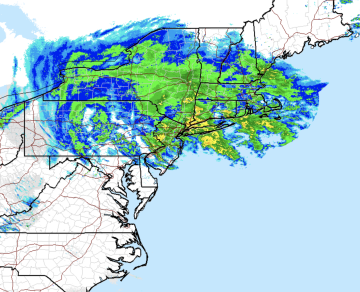
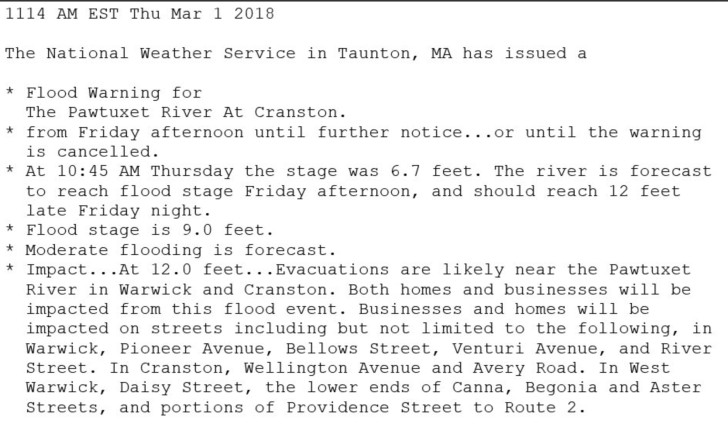
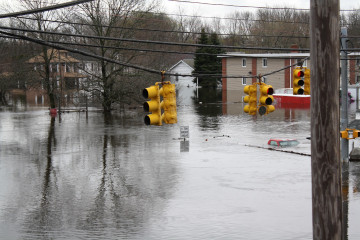
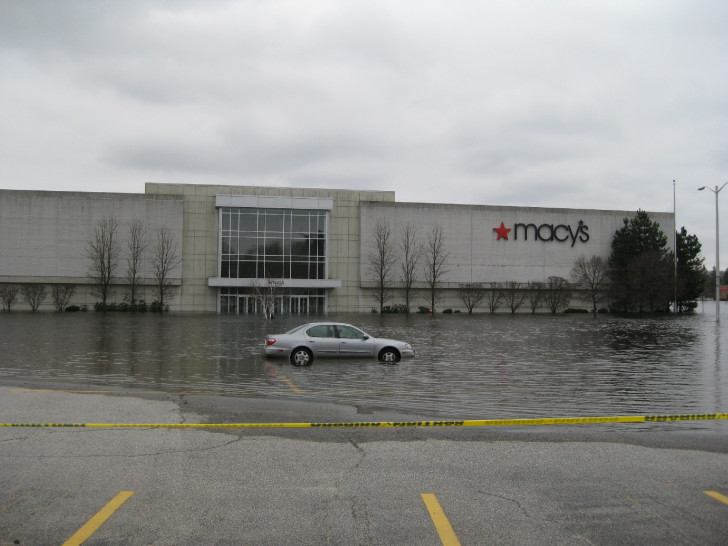
_400_372_90.jpg)


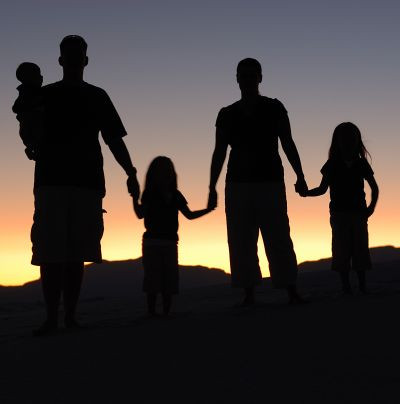


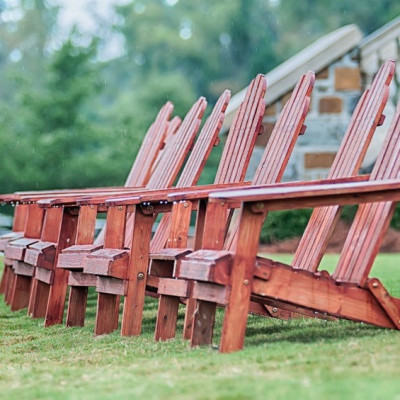

_400_400_90.jpg)
_400_400_90.jpg)

_400_400_90.jpg)
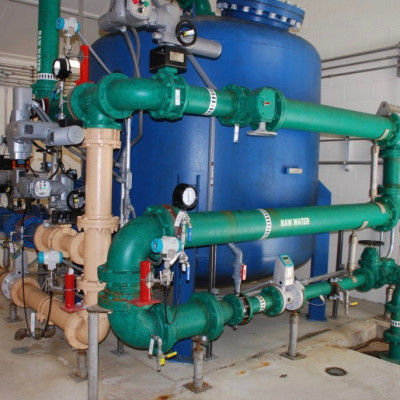
_400_400_90.jpg)
_400_400_90.jpg)
_400_350_90.jpg)
_400_400_90.jpg)
_400_381_90.jpg)

_400_400_90.jpg)
_80_80_90_c1.jpg)







_80_80_90_c1.jpg)
_80_80_90_c1.jpg)

_80_80_90_c1.jpg)

_80_80_90_c1.jpg)
_80_80_90_c1.jpg)
_80_80_90_c1.jpg)
_80_80_90_c1.jpg)
_80_80_90_c1.jpg)

_80_80_90_c1.jpg)
